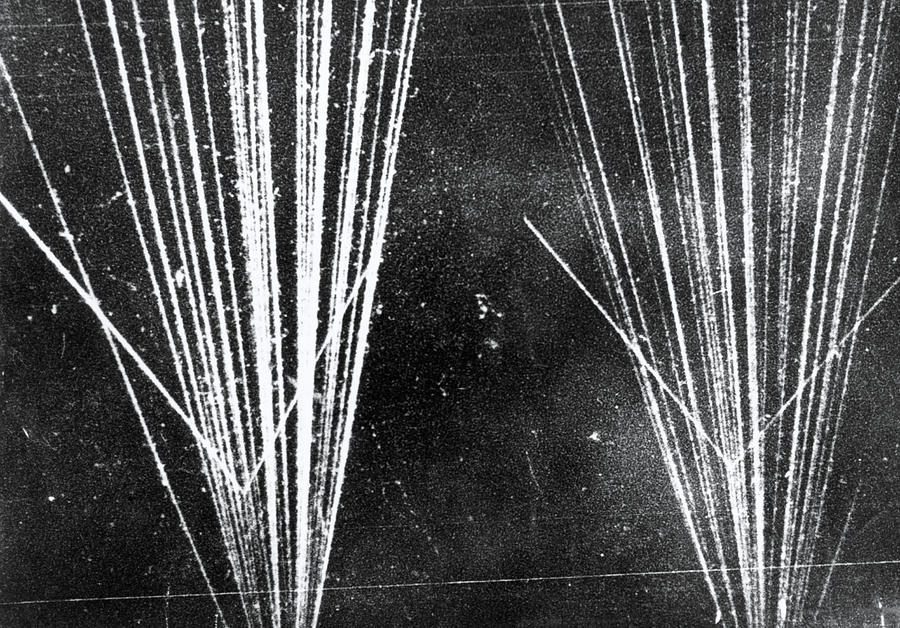
Īlpha particles do also have some use in the medical field.

NASA used this method in its missions to Mars, including the Pathfinder missions, to determine what elements existed Martian rocks. This process is used to determine the elemental composition of rocks and soil. Īs well, alpha particles are used in a process known as Alpha Particle X-Ray Spectroscopy (APXS). Smoke in the detector absorbs this alpha radiation, so if smoke is present the ionization is altered and the alarm is triggered. This in turn ionizes the air inside the detector. Inside the smoke detertor alpha particles are released. Americium is one frequently used element as it is a major alpha particle source. Radioactive elements that undergo alpha decay are used in smoke detectors (see Figure 3). Figure 2 shows a diagram that illustrates the different levels of penetration for different types of radiation.įigure 3.

This damage is a result of contact with membranes and living cells. ^4_2He is the released alpha particleĪlthough not very penetrating, the ingestion of a substance that undergoes alpha decay is harmful as the ejected alpha particles can damage internal tissues very easily despite its short range.^A_ZX \rightarrow ^Y is the daughter nucleus, the ending nucleus The general equation representing alpha decay is: Alpha decay deflects in the way you would expect a positive particle to since alpha particles have a +2e charge. Īlpha decay was originally distinguished from other forms of radiation by Ernest Rutherford by observing the deflection of the radiation through a magnetic field. Alpha particles only affect surfaces, so alpha decay is rarely used in external medical radiation therapy. This large mass means alpha particles can't go very far through the air, or get very deep into a solid. Alpha particles have a relatively large mass and a positive charge. This ejected particle is known as an alpha particle and is simply a helium nucleus. Īlpha decay is a nuclear decay process where an unstable nucleus changes to another element by shooting out a particle composed of two protons and two neutrons. A model of alpha decay, showing the ejection of an alpha particle from a nucleus.


 0 kommentar(er)
0 kommentar(er)
